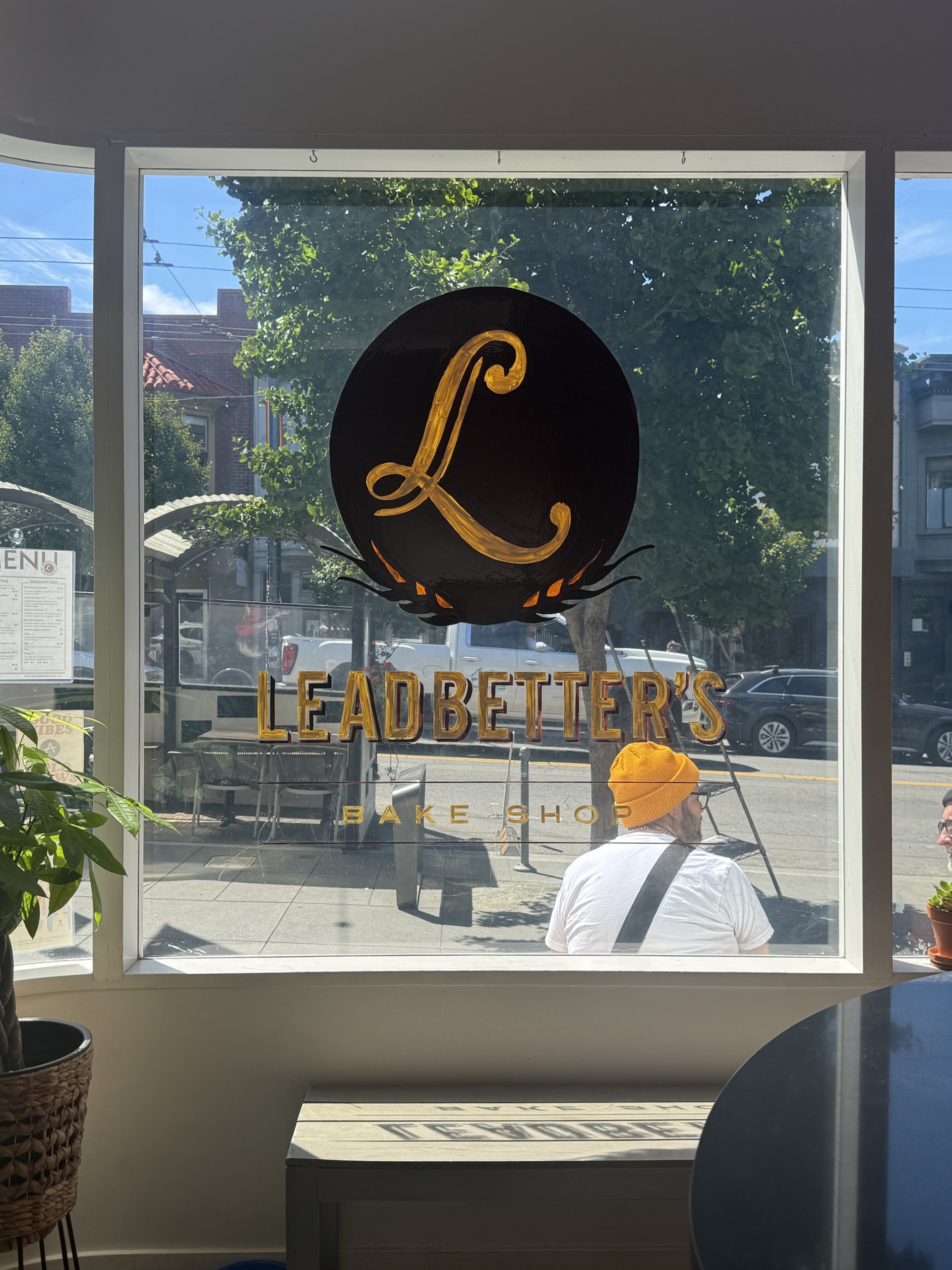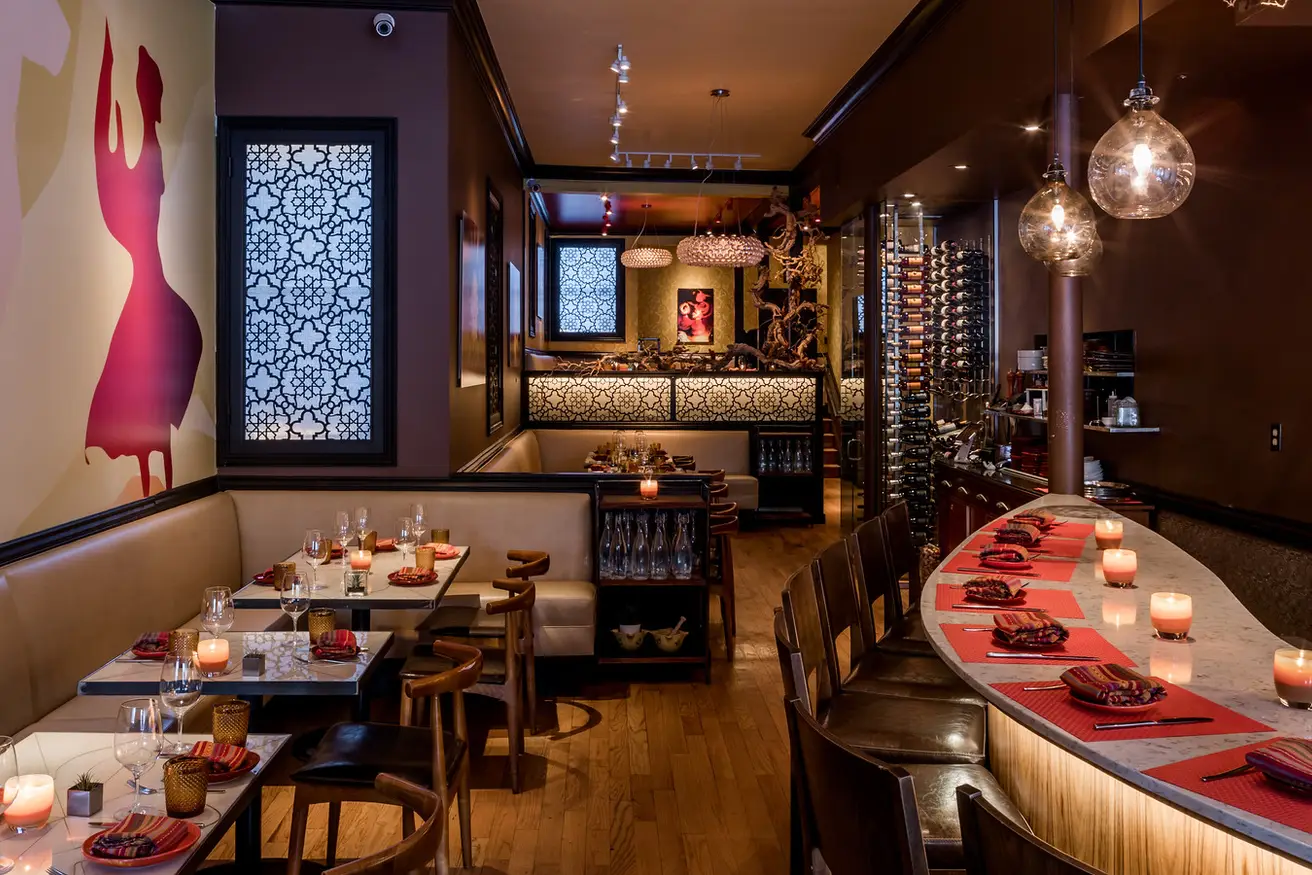

1. Depending where you’re coming from, take the F-Market historic streetcar to the Castro. This will let you off in Jane Warner Plaza, across from the iconic Gilbert Baker rainbow flag. If your timing is right, you might even take part in the quarterly changing of the flag.

- Grab a cup of coffee. There are a number of great places to pick up an espresso or latte to start your day. Castro Coffee is a beloved neighborhood classic and the coffee will have you zinging! Or head toLeadbetter's Baker on Castro Street and try some of the best English muffins this side of the pond. You could even check out The Lookout’s event calendar - there might be a drag brunch in full swing, like the one at Hot Johnnie's!

3. Head to Welcome Castro, a retail store that doubles as a visitors center. Pick up unique mementos and chat with the super knowledgeable and friendly staff. If you head up 18th Street, Local Take has pieces made by local artists to showcase your San Francisco and Castro pride.

4. Speaking of art - The Castro has a burgeoning arts culture. Depending on the day, you might find the Castro Night Market (18th & Castro) on the 3rd Friday from 5-10 pm, or one of the Castro Merchant Association's Signature Events on Noe & Beaver (@Market). Buy local art, listen to music and watch a drag performance.

5. Castro is filled with history. While you’re walking around, look down for the bronze Rainbow Honor Walk plaques. These were installed to honor Lesbian, Gay, Bisexual, Transgender, and Queer individuals who have made a significant impact in global history. There are currently 44 plaques and more to come.

6. There are many murals through the neighborhood which celebrate Castro culture. Make sure you snap a ton of photos to share and tag @castromerchants.

7. As you walk up the 400 block of Castro Street, make sure you snap the iconic Castro Theatre sign. This art deco dream was built in 1922 and designed by Timothy Pflueger. A true piece of history and a treasured LGBTQ space.

8. Cliff’s Variety is a landmark in the Castro. Open and operated by the same family since 1936, this hardware store is hardly just hardware! You can find everything at Cliffs, from Drano to drag accessories, wigs, fans, glasses, fabric and more.

9. Spend some time in the GLBT History Society. Learn about LGBTQ history and culture at this museum.

10. After all of this walking, it might be time to grab a bite at La Mediterranee on Noe St. It’s a neighborhood favorite! If you’re in the mood, try something different with tapas at Canela.

11. Finally, there are so many ways to end your evening. Visit one of our many bars - from wine to dancing to classic history spots, the Castro Merchants have got you covered.

The Castro is home to many of San Francisco's Legacy Businesses. Find another "Perfect Day" in the neighborhood - a tour of some of its most longstanding and iconic businesses!
Getting to the Castro
San Francisco's historic F-Market streetcar can take you all the way from the Bay down Market Street to the Castro. If you're taking SF Muni, Castro Station serves as a stop for the K Ingleside and M Oceanview. Numerous bus lines also run through the neighborhood.

About the Castro
Originally known as Eureka Valley, the Castro was once part of a large rancho owned by Jose de Jesus Noe, a Mexican land baron. He began selling it off in 1852 after the American conquest of California.
In the 1880s, German, Irish, and Scandinavian immigrants began settling in Eureka Valley and building handsome Victorian row houses for their large families. The Market Street Cable Railway connected Eureka Valley with the rest of San Francisco in 1887, creating a housing boom and turning the village into a thriving working-class neighborhood.
Having transformed from a working-class neighborhood through the 1960s and 1970s, the Castro remains a symbol and source of lesbian, gay, bisexual, and transgender (LGBT) activism and events.
The activism of the '60s and '70s forged a community with sizable political and economic power, and when the historic Twin Peaks bar at Market and Castro streets removed the blackout paint from its floor-to-ceiling windows, most took it as a sign that Castro residents were secure in their gay identity.
There were, however, tense and sometimes violent clashes with the police, and the assassination in 1978 of openly gay San Francisco Supervisor Harvey Milk was a turning point in the community's history.
Milk's assassination and the impact of AIDS brought the community together and made activists of almost everyone; the Castro became not just open but celebratory about its thriving gay and lesbian population.
The story of the Castro is one of resilience, community, and celebration. It's a story that reminds us of the power of unity, the importance of advocacy, and the enduring spirit of Pride. The Castro remains a beacon of LGBTQ activism and pride.
A Perfect Day in the Castro was curated by the Castro Merchants Association.
About
Shop Dine SF is an initiative of the Office of Economic and Workforce Development to bring attention to the local businesses, events, and neighborhood corridors.